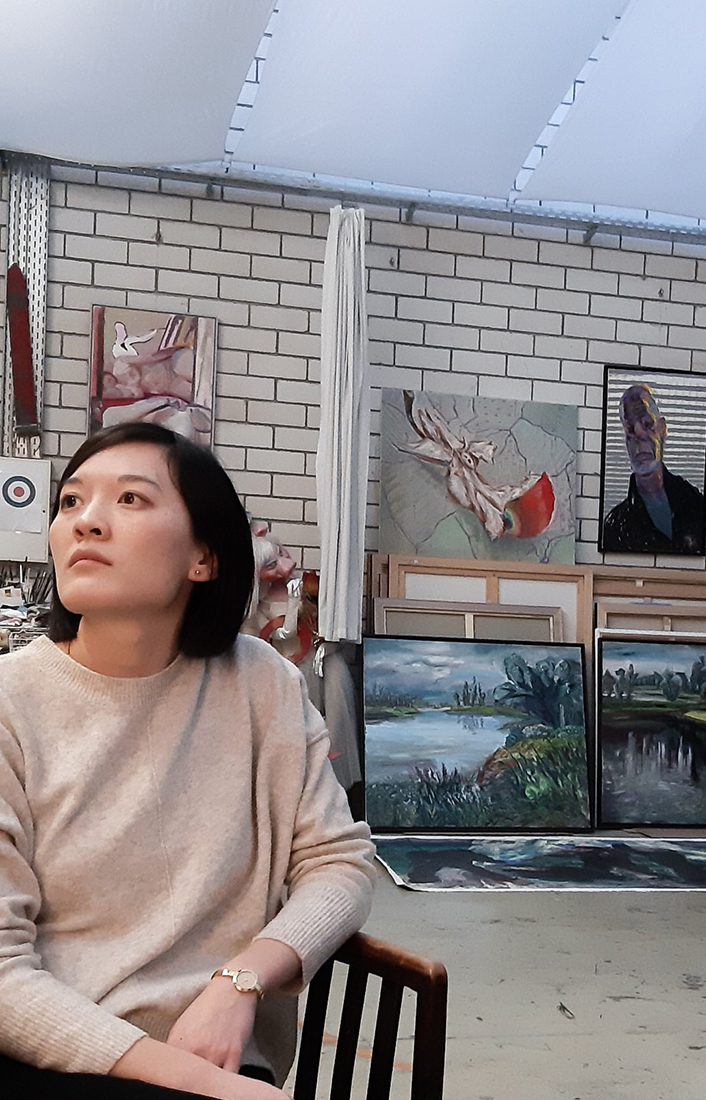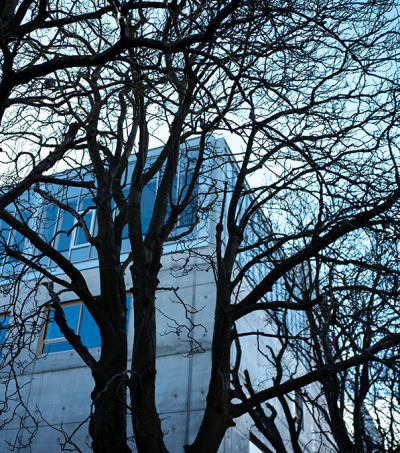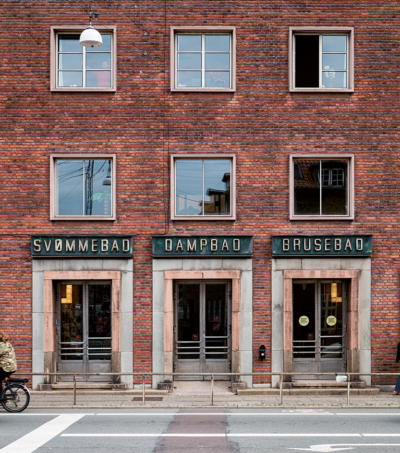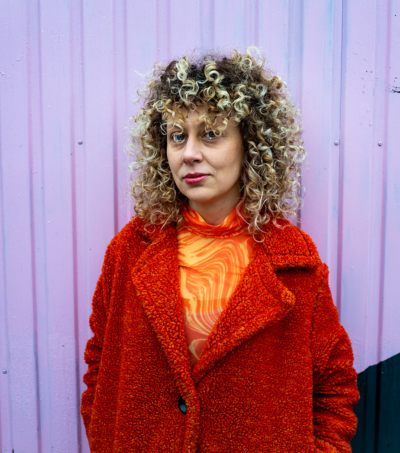New experiences
Glitches have long been of interest in the world of art and are the source of Alexandria’s original interest in them. But she thinks they could hold value for architects as well.
“Glitches in tools can help create new experiences, and in art, they are used to bring attention to the nature of our relationships with technology. My question is: How can we achieve that in architecture?”
To find out, she started playing around with various digital tools at the school.
“One of the things I’ve done is to set a 3D printer to print objects at the size of its maximum output, 0.4 mm, to see what happens when you push it to its limits. I’ve also given it too much information in a sense, and what happened was that it started printing in circles before printing what I asked it to, creating a model different from anything I could have imagined”.
Essence and texture of materials
What may look like a futile exercise to the naked eye, in fact, may serve to open our minds to new ways of constructing or designing spaces.
“Glitching may also apply to CNC machines and other industrial tools. Glitches can also reveal new and interesting things about materials: Their essence, their texture, and how they can be used to transform a space. That was one of my initial curiosities: What’s the boundary of safe operation, and what can pushing those boundaries reveal about various materials?”
Currently, she is using photogrammetry to document the canteen at Aarhus School of Architecture. It’s a digital registration performed to see if photogrammetry is capable of dynamically capturing how people use the space and how they move through it. As of now, she’s busy analysing the data to identify the glitches: Where is there missing information, or how is it misrepresenting certain objects in the room?
Strong network
The work is made possible by a stipend from Verner Overgaards Familiefond given annually to two MA graduates in architecture. Its aim is to further innovative research in the fields of technology and design and to give the recipients an opportunity to become part of a scientific community. Both goals have been met in Alexandria Bo-Weong Chan’s case.
“It’s been quite successful, and I’ve built a strong network with the other researchers at the school. It’s my first time in academia, and I’m fully immersed. People have been really helpful”, she says.
She would like to continue exploring her field of interest in the future but realises opportunities in the world of academia may be scant as a result of the global crisis we find ourselves in at the moment.
“I’d like to continue the research in some way, to dive back into it and, ideally, combine practice-oriented and academic approaches. I now have a foot in each world, so that would be the dream.”






